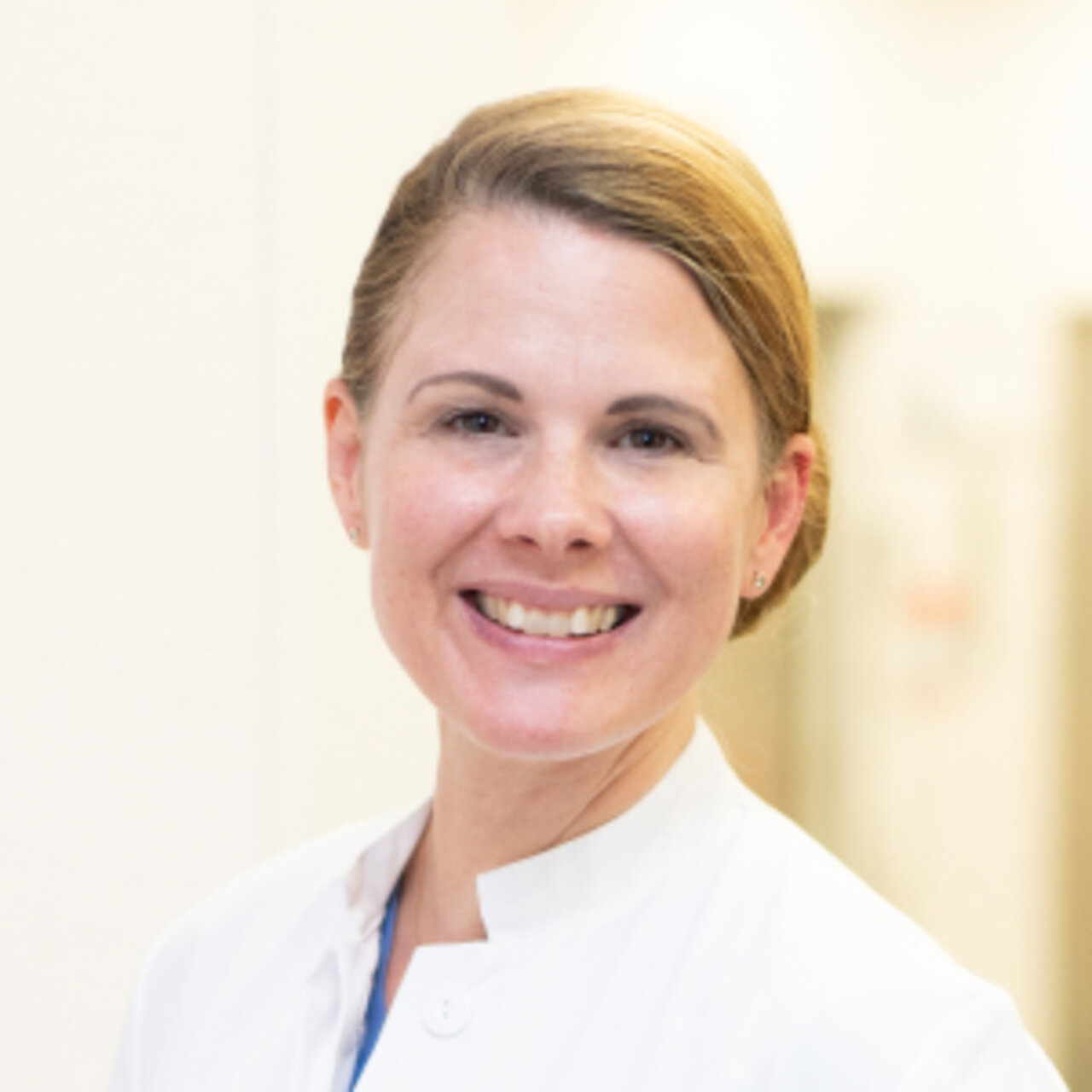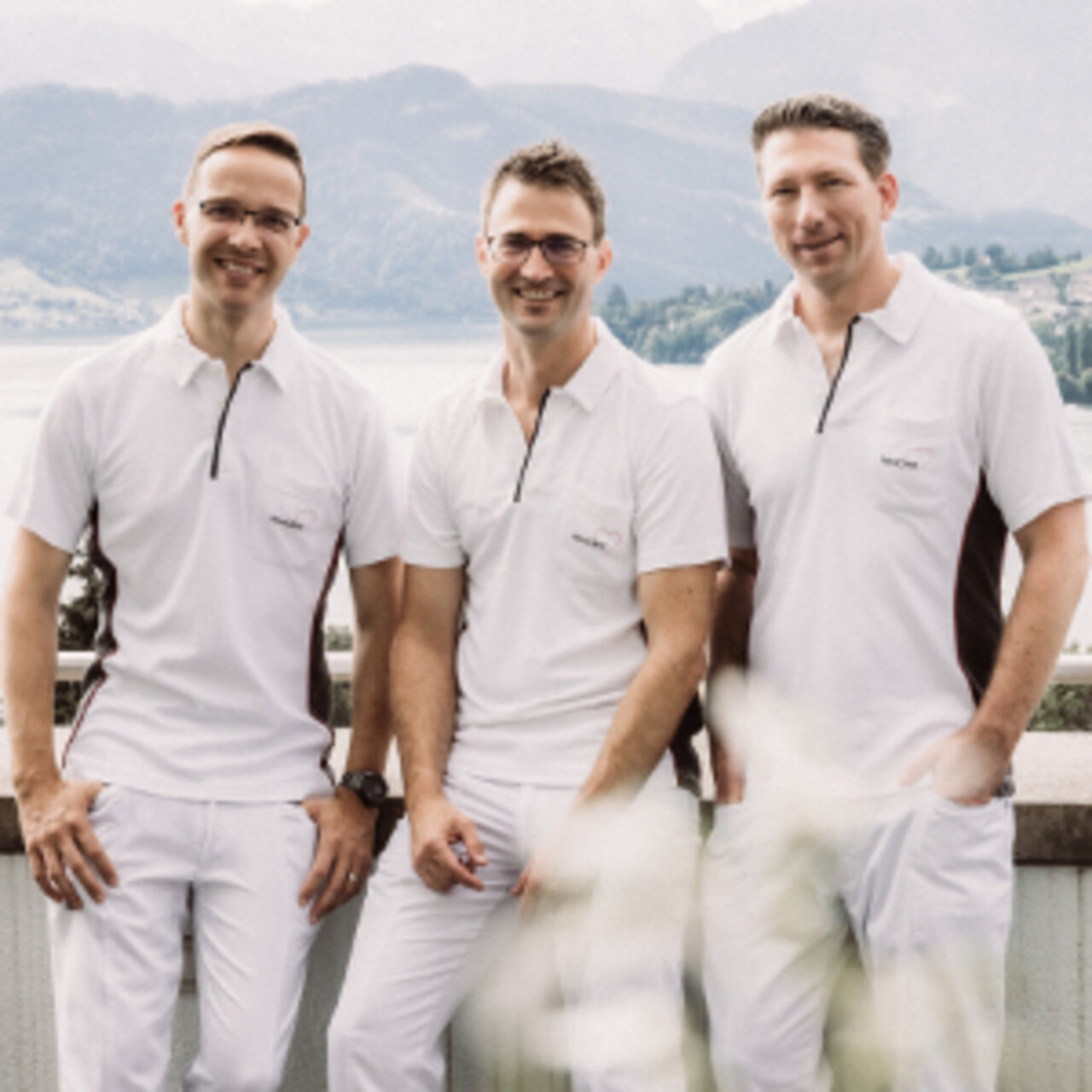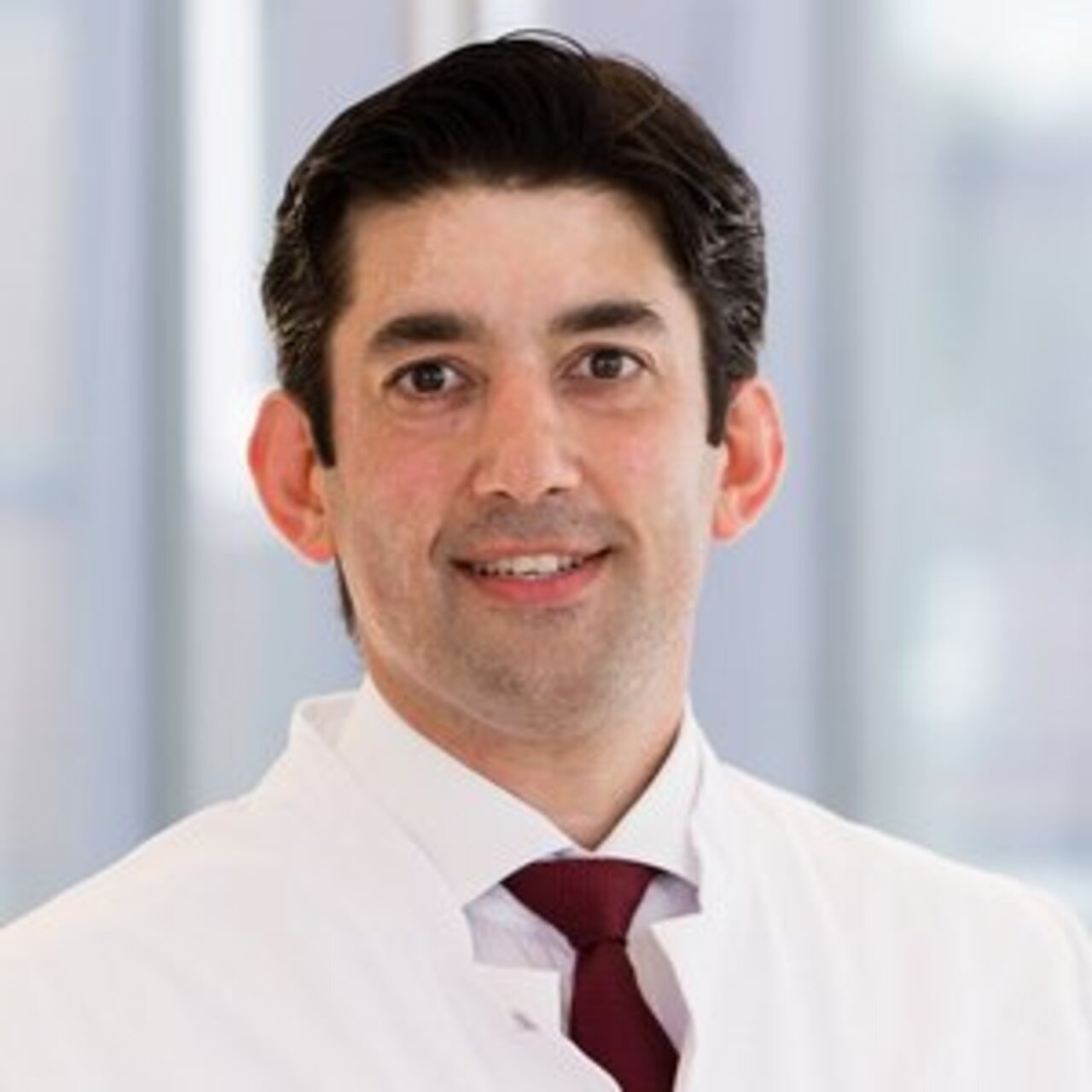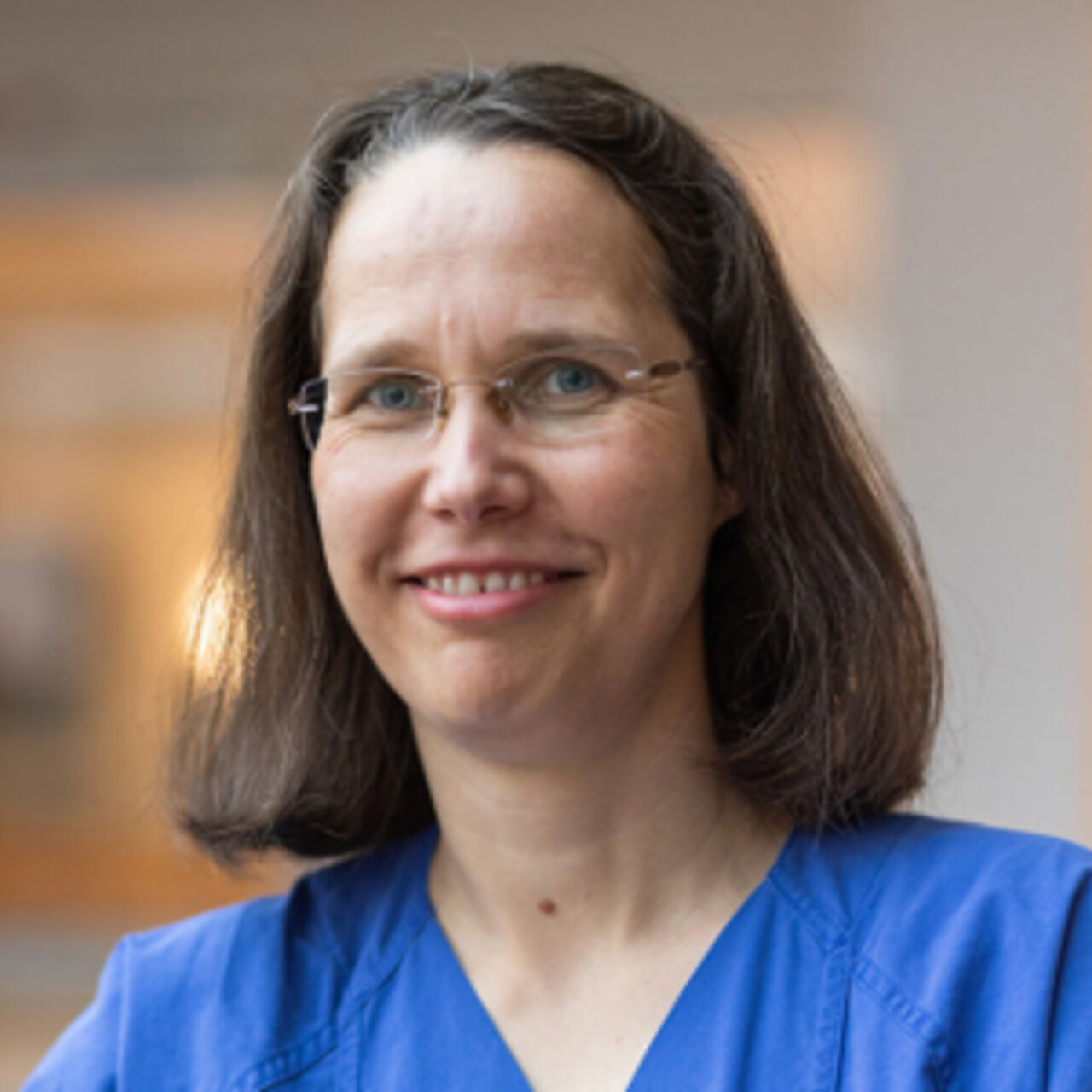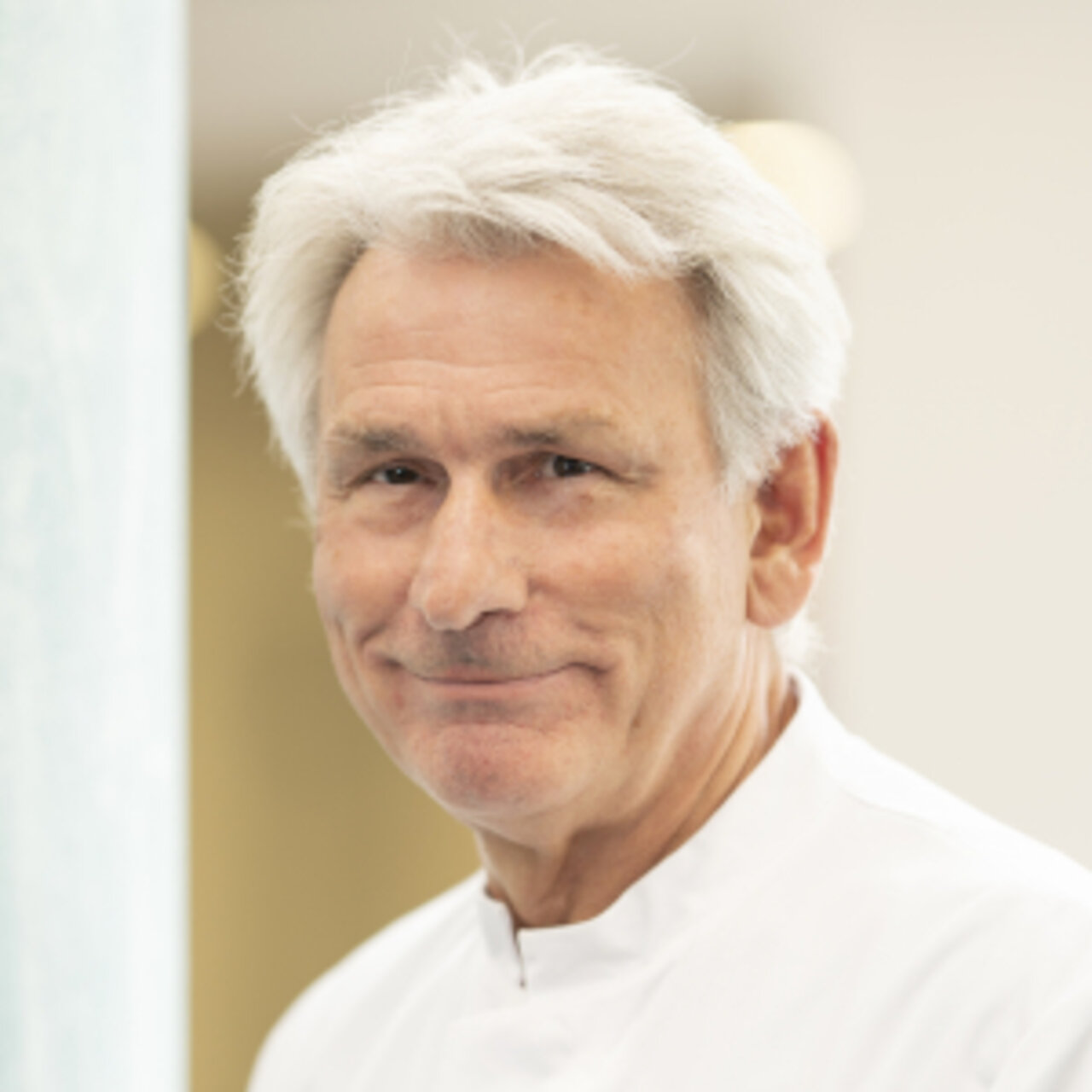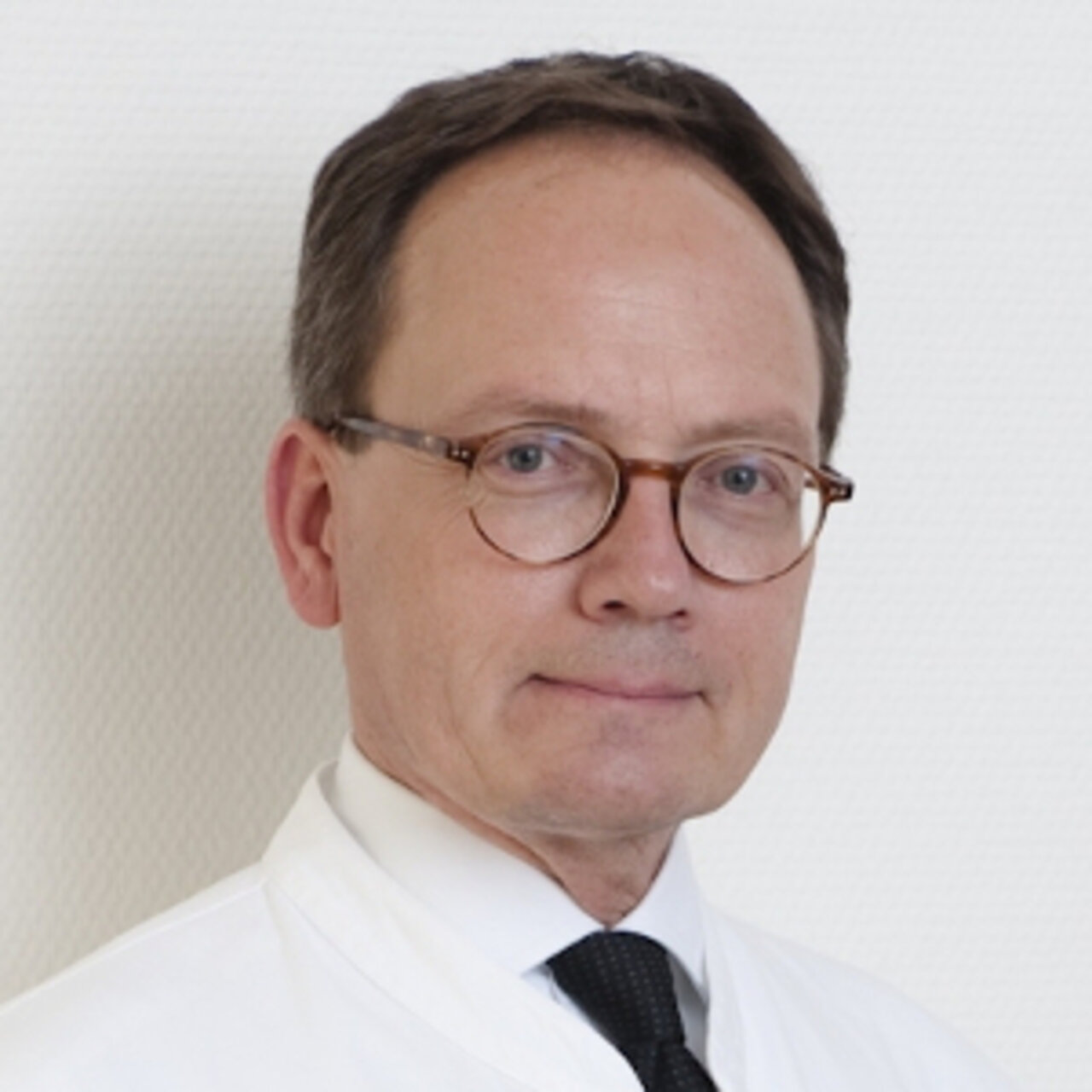Specialists in Transesophageal Echocardiography (TEE)
6 Specialists found
Information About the Field of Transesophageal Echocardiography (TEE)
What Is Transesophageal Echocardiography?
Transesophageal echocardiography is an ultrasound examination of the heart and adjacent vessels in which a flexible probe is placed into the esophagus. The heart and aorta are examined from there. Transesophageal echo has become an established imaging technique because it provides very accurate images. Unlike a transthoracic echocardiogram, where the transducer is placed on the chest and the ribs and rib cage obstruct the sound, the transducer in transesophageal echo is closer to the tissue being examined because the esophagus passes very close behind the heart. This significantly improves the quality of the ultrasound examination.
When Is Transesophageal Echocardiography Requested?
Transesophageal echo is requested primarily when the routine ultrasound examination through the chest does not provide adequate images and the attending physician cannot make a diagnosis that way.
It is always performed when a pathological change in the heart or the adjacent vessels is suspected, for example, because the patient shows characteristic symptoms such as chest pain and shortness of breath or has suffered a stroke.
What Heart Diseases Can Be Detected?
The transesophageal echo can detect a variety of heart diseases. These include pathological changes in the aorta, e.g., aortic aneurysm or valvular heart defects.
In addition, the physician can detect blood clots, especially in the left atrium, by atrial fibrillation to determine the cause of a previous stroke. In addition, the swallowing echo is used to check artificially inserted heart valves.
Procedure and Duration of TEE
The patient must come fasting for the transesophageal echo, meaning they must not have eaten for at least 6 hours. The duration of the examination is usually 15 minutes, and the patient can leave the clinic afterward.
At the beginning of the examination, the patient swallows a flexible instrument with a transducer attached to its tip. In some cases, local anesthesia of the throat can help make the procedure more comfortable for the patient. In addition, sedative medications can be administered if necessary.
The instrument is then placed in the esophagus and pushed to the level of the heart. From here, it works like a standard ultrasound machine and sends sound waves to the heart, which are reflected and sent back to the transducer. A sensor now catches these, processes them, and gives the doctor real-time images.
Risks and aftercare
The swallow echo is a relatively harmless examination with a low complication rate and is usually painless for patients. Very rarely the instrument can injure the esophagus and cause respiratory disturbances or cardiovascular disorders.
After the examination, the patient must not eat for 2 hours, as swallowing may be impaired for a short time. If sedatives have been administered, the patient must not drive on the same day.
Which Doctors and Clinics Are Specialized in Transesophageal Echocardiography?
Every patient who needs a doctor wants the best medical care. Therefore, the patient is wondering where to find the best clinic. This question cannot be answered objectively, and a reliable doctor would never claim to be the best one, we can only rely on a doctor's experience.
We help you find an expert for your condition. All listed physicians and clinics have been reviewed by us for their outstanding specialization in Transesophageal Echocardiography (TEE) and are awaiting your inquiry or treatment request.
